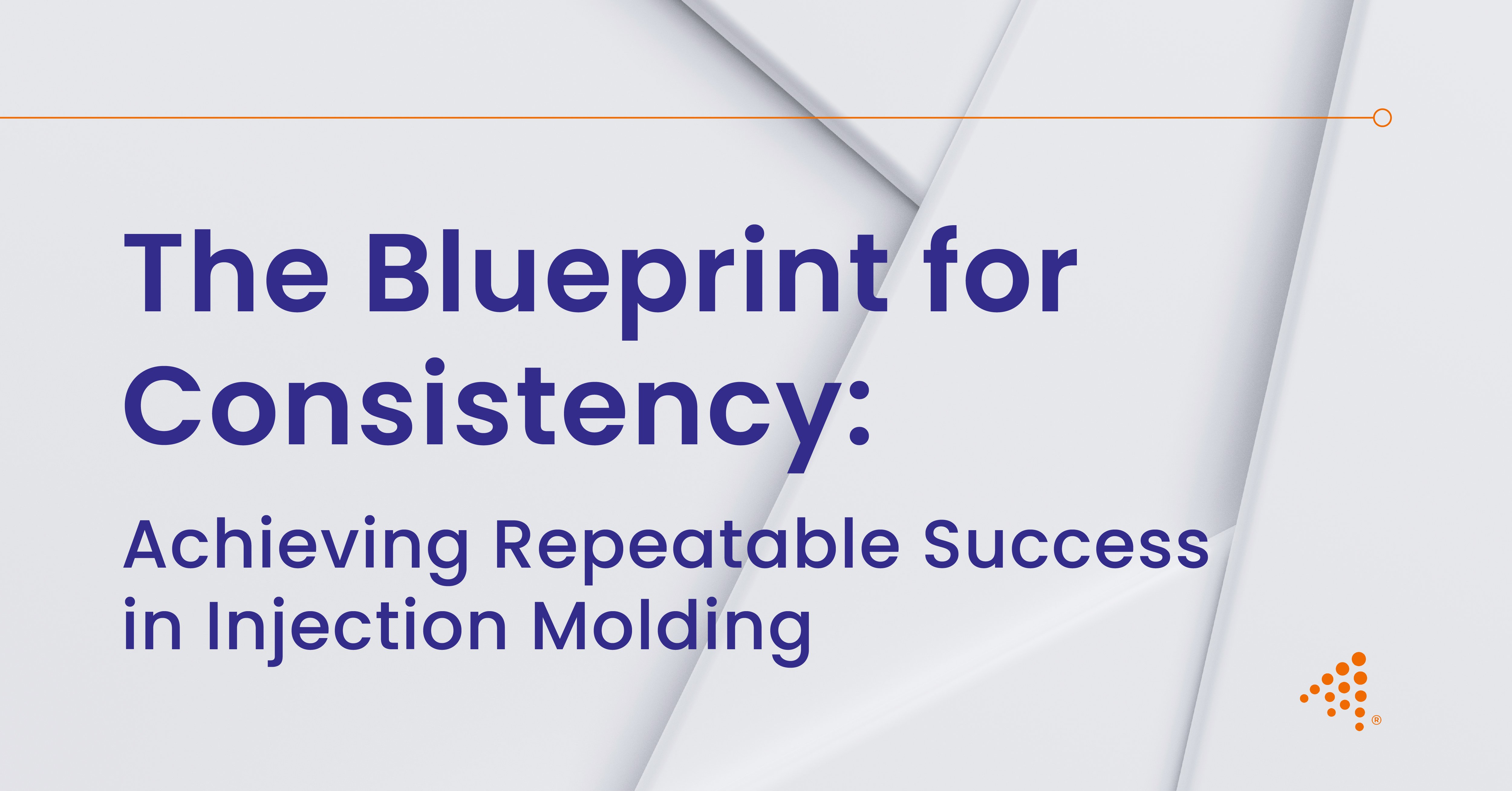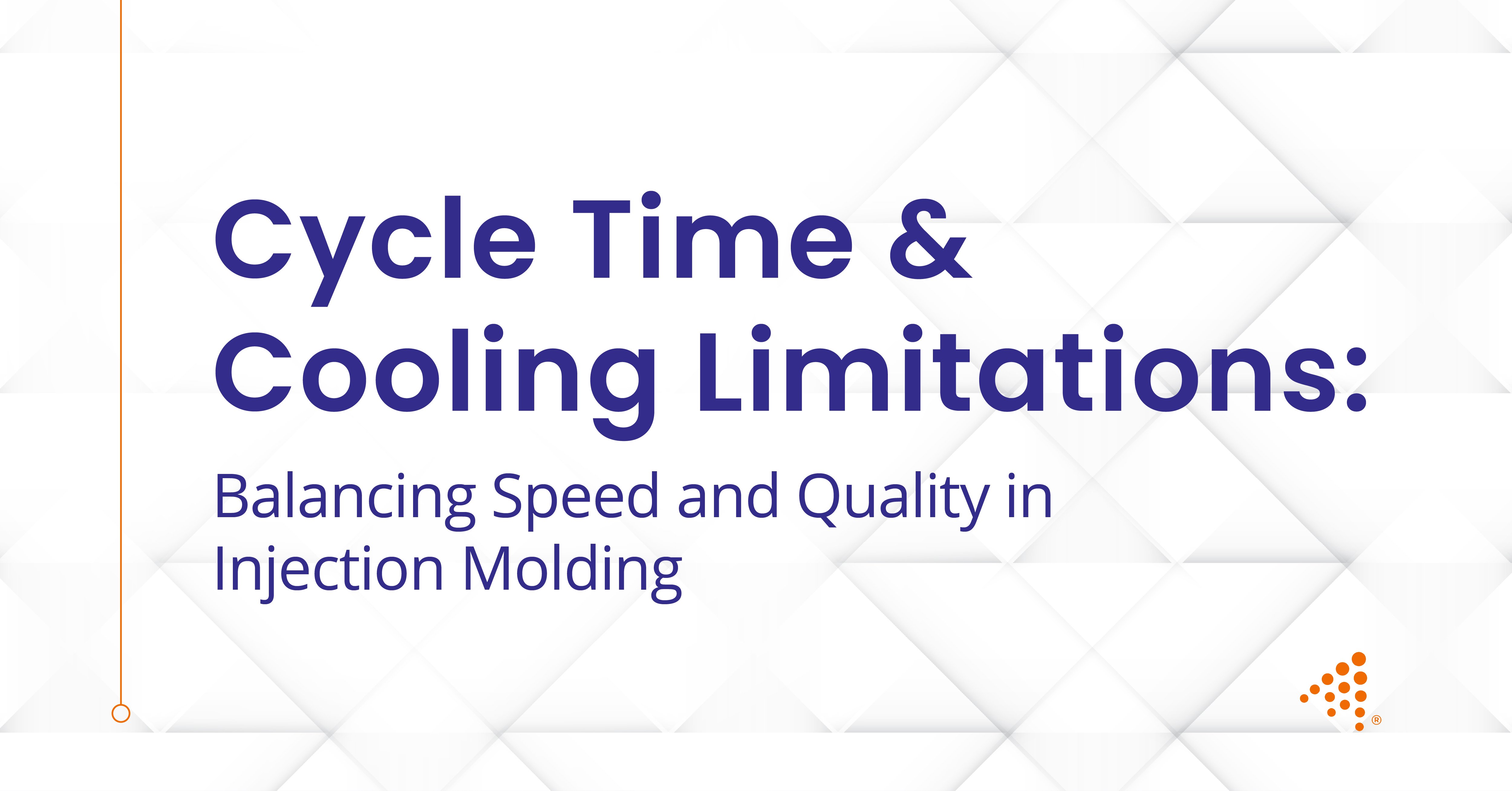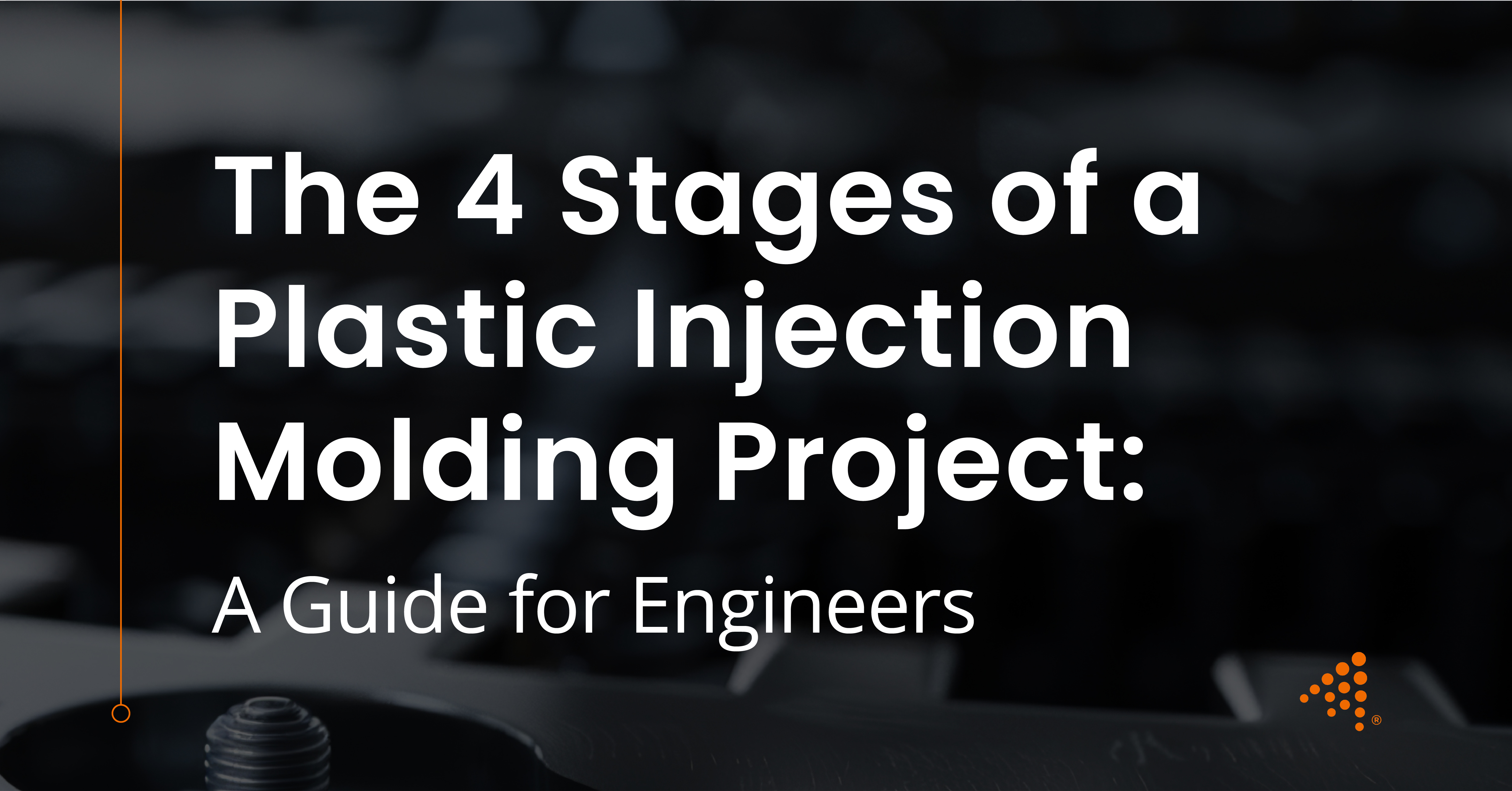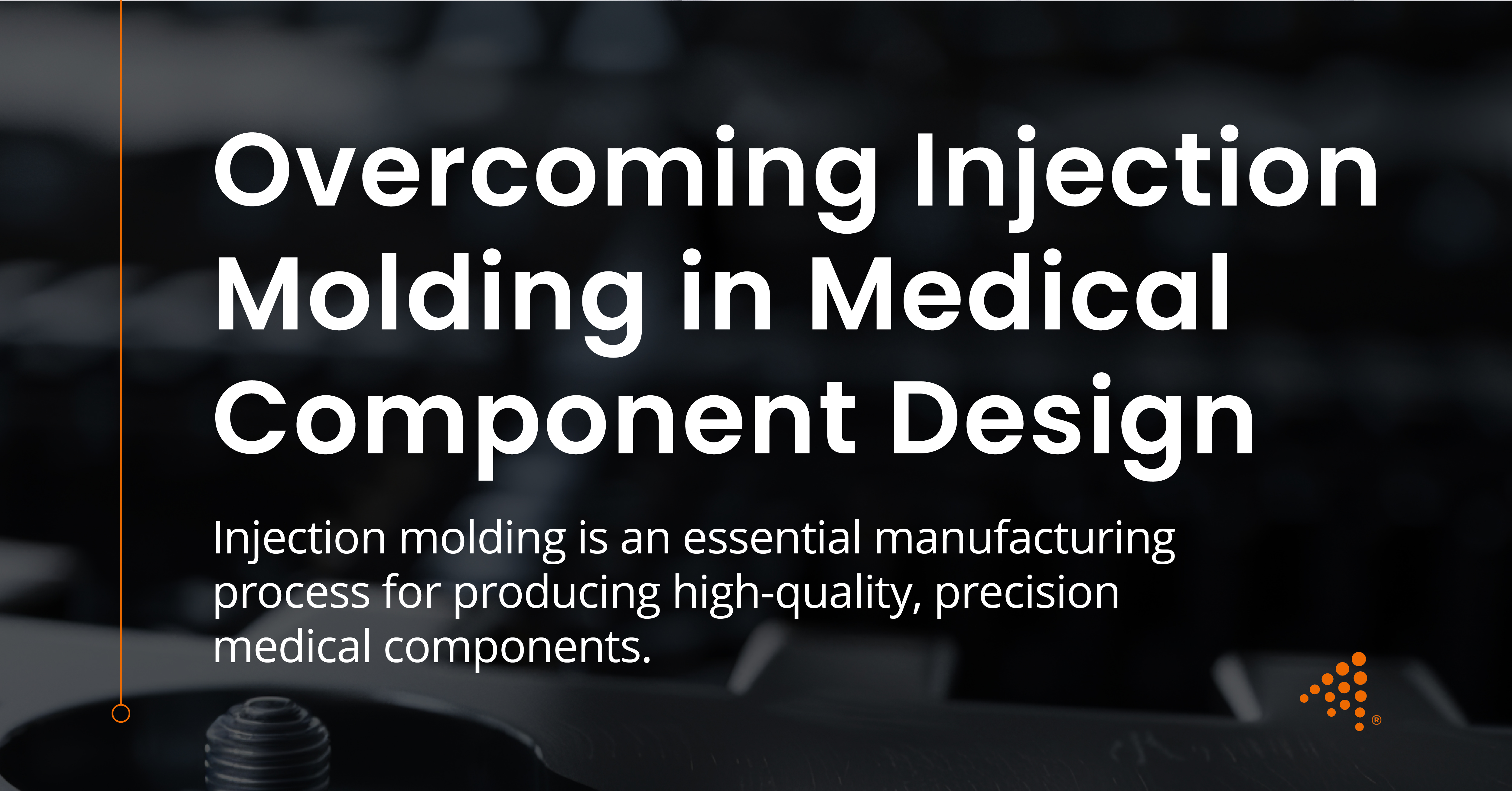Cycle Time & Cooling Strategies in Injection Molding
In the intricate world of injection molding, the duration required to complete one full production cycle, known as cycle time, significantly...
4 min read
Nick Erickson : Oct 23, 2025 9:36:00 AM

In high-stakes manufacturing, particularly for medical devices, the ability to produce a part that is identical to the one before it, and the one after it, is not just a goal, it is a fundamental requirement. Consistency is the bedrock of quality, safety, and performance. For companies relying on plastic injection molding services, the question of "How can I make sure my part comes out consistently every time?" is a constant pursuit. The answer lies not in a single secret but in a systematic and disciplined approach that addresses every facet of the manufacturing cycle, from initial design to final inspection.
Achieving this level of repeatability requires a deep understanding of the interplay between the part design, the mold, the material, and the molding process itself. When these four pillars are in perfect alignment and rigorously controlled, the result is a stable, predictable, and consistent production run, delivering parts that meet exact specifications shot after shot. This article will explore the essential strategies and design for manufacturing solutions that make such consistency possible.
At the heart of consistent injection molding is a robust and well-defined process. Simply programming a machine with a set of parameters and hoping for the best is a recipe for variation. True consistency comes from establishing a scientific and data-driven processing window where high-quality parts can be reliably produced. This involves meticulous control over several interconnected variables.
Precise temperature control is a cornerstone of a repeatable process. This extends to multiple areas of the operation. The plastic melt temperature must be hot enough to flow easily into the mold but not so hot that it degrades the material's properties. The barrel temperature of the injection molding machine must be maintained within a tight range to ensure the plastic reaches the nozzle at the optimal viscosity. Finally, the temperature of the mold itself is a key factor. Controlled cooling channels within the tool help solidify the part at a consistent rate, which is vital for managing shrinkage and preventing defects like warping. Even minor fluctuations in any of these temperature zones can alter the final dimensions and structural integrity of the part.
The injection pressure and speed determine how the molten plastic fills the mold cavity. If the pressure is too low, it can result in an incomplete part, known as a short shot. If it is too high, it can force the mold halves apart, causing flash—a thin layer of excess plastic on the part's edge. Similarly, the injection speed affects the shear rate of the material, which in turn influences its viscosity. A well-established process finds the optimal balance, ensuring the cavity is filled completely and uniformly without introducing unnecessary stress or defects. This is often achieved through a methodology known as Scientific Molding, which decouples the filling, packing, and holding phases of the injection cycle to control each stage independently.
The injection mold, or tool, is the custom-built heart of the manufacturing process. Its design and condition are paramount to producing consistent parts. A high-quality mold is an investment that pays dividends in part quality and repeatability.
Consistency starts long before the first pellet of plastic is melted. A thorough Design for Manufacturability (DFM) analysis is a collaborative process between the product designer and the molder to optimize the part design for the injection molding process. This review scrutinizes features like wall thickness, draft angles (the slight taper that aids in part ejection), and the placement of gates, which are the openings where plastic enters the cavity. Plastic part design optimization helps identify potential issues that could lead to inconsistencies, such as uneven cooling, warping, or sink marks, and addresses them before the expensive process of cutting steel for the mold begins.
Even the best-designed mold will fail to produce consistent parts if it is not properly maintained. The parting line, where the two halves of the mold meet, can wear down over thousands of cycles, creating gaps that lead to flash. Vents, which are tiny channels that allow trapped air to escape the cavity as plastic flows in, can become clogged, leading to burn marks or incomplete parts. A rigorous and documented mold maintenance program, including regular cleaning and inspection, is a requirement for any ISO-certified manufacturing company committed to consistency.
The raw material itself is a significant source of potential variation. The properties of plastic resins can differ slightly from batch to batch. For applications with extremely tight tolerances, this variability must be managed.
Proper material handling is equally important. Many engineering-grade plastics are hygroscopic, meaning they absorb moisture from the air. If not dried to the manufacturer's specification before molding, the trapped moisture will turn to steam in the barrel, causing cosmetic defects and compromising the mechanical properties of the final part. Using dedicated driers and controlled material handling systems helps to ensure the resin is in its ideal state for processing, eliminating a common source of inconsistency.
Read More About Injection Molding Defects: Identifying and Fixing Burn Marks
Finally, achieving and maintaining consistency requires a robust quality management system for manufacturing industry. This goes beyond simply inspecting parts after they are made. Modern quality assurance in injection molding involves real-time process monitoring and control.
Sensors within the molding machine and even within the mold cavity itself can track pressures, temperatures, and fill times for every single shot. These systems can detect when a process parameter begins to drift from its established setpoint and can either alert an operator or, in some closed-loop systems, make automatic adjustments to bring the process back into the validated window. This data-driven approach provides traceability and ensures that every part produced falls within the required specifications. For industries like medical device manufacturing, this level of documentation and process validation is indispensable for regulatory compliance.
By focusing on these four pillars—process control, tooling, materials, and quality systems—a manufacturer can build a stable, repeatable, and highly consistent injection molding operation. It is a meticulous and disciplined effort, but one that is essential for meeting the demands of modern manufacturing and delivering parts that perform flawlessly every time.
At Aprios, we integrate these principles into every project. Our expertise in scientific molding, meticulous mold maintenance, and advanced quality control systems allows us to deliver the consistent, high-precision components our clients in the medical, aerospace, and filtration industries demand. If you are ready to achieve a higher level of consistency and quality for your next injection molding project, contact Aprios today to learn how our end-to-end solutions can bring your product to life with repeatable success.

In the intricate world of injection molding, the duration required to complete one full production cycle, known as cycle time, significantly...

Plastic injection molding is one of the most widely used manufacturing processes for producing plastic parts, valued for its efficiency, scalability,...

Injection molding is an essential manufacturing process for producing high-quality, precision medical components where device reliability and patient...